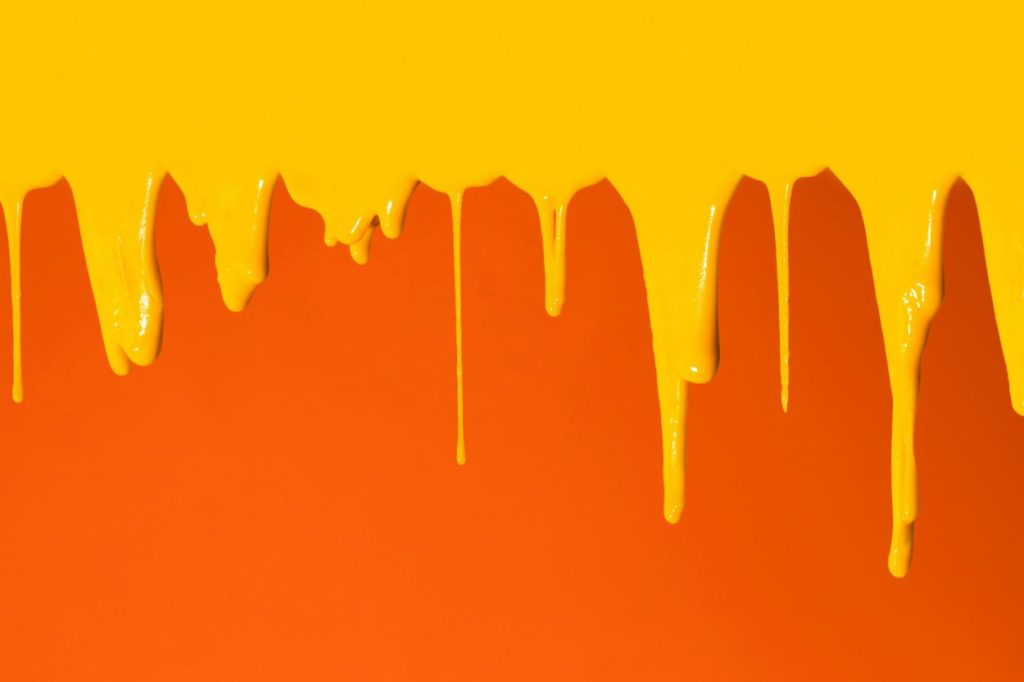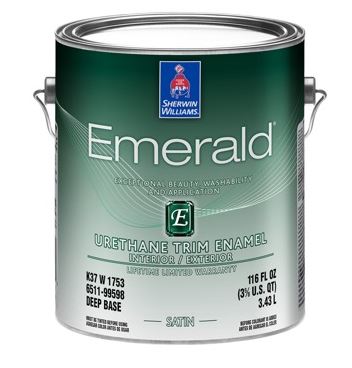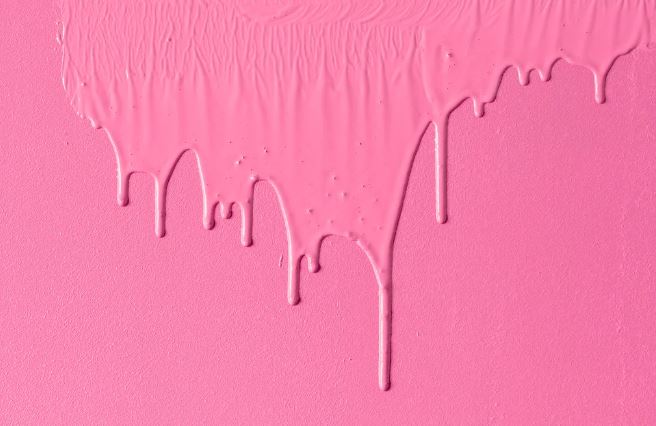Let me tell you, running a painting company isn’t all sunshine and rainbows. We’ve had our fair share of challenges over the years, but nothing quite compares to the headache of dealing with drips and runs. They’re the bane of every professional painter’s existence, I tell ya!
I remember this one job we had—a high-end office building in Akron. Everything was going smooth as silk until one of my newer guys got a little overzealous with his roller. Next thing you know, drips were running down the wall like it was crying. Talk about a face-palm moment!
But hey, that’s how you learn in this business. After 20 years of running “Leggett and Sons Painting,” I’ve picked up a thing or two about avoiding these pesky problems. So, let me share some insider knowledge to help you keep your walls drip-free and your clients happy.
The Root of All Evil: What Causes Drips and Runs?
First off, let’s break down why these little nightmares happen in the first place:
- Overloaded applicators: When your brush or roller is wetter than a fish in a rainstorm.
- Thin paint: Sometimes it’s the paint’s fault – if it’s thinner than my profit margins during a recession.
- Hot and bothered: Painting in conditions hotter than a kitchen on Thanksgiving? Recipe for disaster.
- The need for speed: Rushing through a job faster than a cat on a hot tin roof.

We’ve seen all of these in action, and trust me, they can turn a simple paint job into a Jackson Pollock wannabe real quick.
The Art of Application: Doing It Right

Alright, here’s the skinny on getting that paint where it belongs – and keeping it there:
- Don’t overload your tools. It’s tempting to glob it on, but resist the urge!
- Use long, even strokes. Smooth and steady wins the race.
- Work in manageable sections. Rome wasn’t painted in a day, and neither should your walls.
- For vertical surfaces, start at the top and work your way down. It’s not just gravity – it’s common sense.
Pro tip from the trenches: Train your team to use the “W” technique with rollers. Roll on a W shape, then fill it in without lifting the roller. It’s a game-changer, folks.
The Goldilocks Zone: Getting Paint Consistency Just Right
Getting your paint consistency spot-on is crucial. Too thick, and you’re basically trying to spread peanut butter on toast. Too thin, and it’ll run faster than my apprentices when I mention overtime.
Here’s how we keep it just right:
- Always, always follow the manufacturer’s instructions for thinning. They didn’t print ’em for fun.
- For latex paints, a smidge of water can work wonders. But easy does it!
- Oil-based paints? Mineral spirits are your best friend. Just don’t overdo it.
- Stir that paint like you’re mixing concrete. Get all the pigment off the bottom.

Damage Control: Fixing Fresh Drips
Even the pros mess up sometimes. When you spot a drip, here’s what to do:
- Fresh drips? Grab a brush and smooth ’em out pronto. Speed is key here.
- If it’s starting to dry, hold your horses. Wait till it’s bone dry, then sand smooth and touch up.
For those stubborn runs that mock your very existence, you might need to scrape, sand, and repaint. It’s a pain in the rear, but it beats having an unhappy client.
Wrapping It Up: Your Ticket to Drip-Free Success
Listen, in this business, reputation is everything. One drippy wall can cost you a client faster than you can say “touch-up brush.” But armed with these tips, you’ll be painting like the pros in no time. Remember:
- Take your time (quality over quantity, always)
- Nail that consistency (not too thick, not too thin)
- Apply like you mean it (even strokes, don’t overload)
- Fix mistakes fast (but don’t lose your cool if you can’t)
Now go forth and conquer those walls! And remember, if you ever need the real pros, “Leggett and Sons Painting” is just a call away. “We Paint So You Don’t Have To” (Shameless plug? You bet!)
